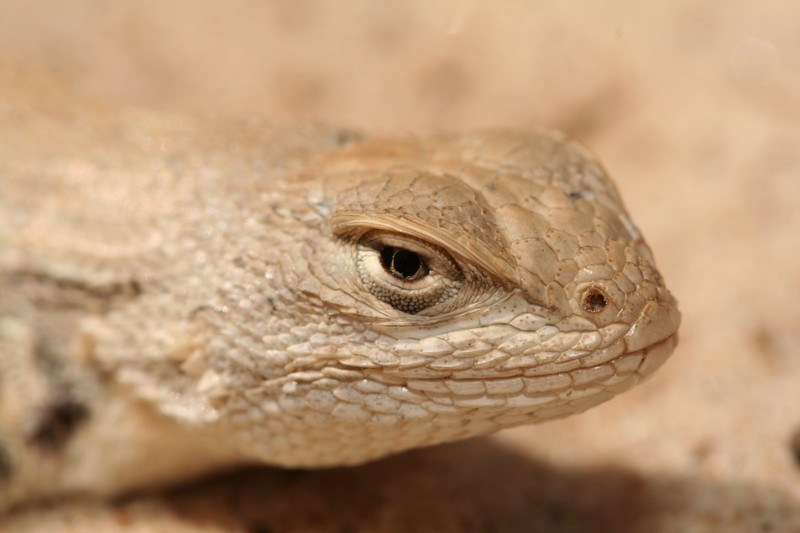
The U.S. Fish and Wildlife Service (USFWS) recently published a proposal to list the dunes sagebrush lizard as an endangered species under the Endangered Species Act of 1973. If the dunes sagebrush lizard is designated as an endangered species, there may be significant impacts to oil and gas production in the Permian Basin. Energy Workforce is concerned that a listing could mean that certain areas that are used for the production of oil and gas and mining of sand used for production could be taken out of production.
The dunes sagebrush lizard, which is native to the Permian Basin region of Texas and New Mexico, was first identified in 1982 as a potentially threatened species. Since then, there have been several actions taken to study the lizard’s habitat and understand potential risks that oil and gas development may have on the species.
In 2010, the Obama Administration attempted to list the lizard as an endangered species, however the decision was never enacted. Subsequently, conservation efforts were developed by the oil and gas industry including Candidate Conservation Agreements and Candidate Conservation Agreements with Assurances to protect and conserve the lizard’s habitat.
Since the 2010 decision, several environmental groups have filed lawsuits against USFWS regarding the status of the lizard. This month’s actions were in response to a court-approved agreement which required USFWS to make a determination on whether to list the lizard as an endangered species by June 29, 2023.
In the recently released proposal USFWS lists potential restrictions on the designated habitats of the dunes sagebrush lizard if listed as an endangered species: Based on the best available information, the following activities may potentially result in a violation of section 9 of the Act if they are not authorized in accordance with applicable law; this list is not comprehensive: (1) Destruction, alteration, or removal of shinnery oak duneland and shrubland vegetation. (2) Degradation, removal, or fragmentation of shinnery oak duneland and shrubland formations and ecosystems. (3) Disruption of water tables in dunes sagebrush lizard habitat. (4) Introduction of nonnative species that compete with or prey upon the dunes sagebrush lizard. (5) Unauthorized release of biological control agents that attack any life stage of the dunes sagebrush lizard or that degrade or alter its habitat. (6) Herbicide or pesticide applications in shinnery oak duneland and shrubland vegetation and ecosystems.
USFWS is taking comments on the proposed listing through September 1, 2023 and will be hosting a public hearing and informational session on July 31, 2023 from 6-9 p.m. CT in which pre-registration is required.
Energy Workforce will start a working group of affected companies to work this issue, if your company has interest in participating in a working group to submit comments in response to this proposed listing, please email Energy Workforce Senior Director Government Affairs Deidre Kohlrus.
The Energy Workforce Government Affairs team will continue to monitor this proposal and all regulatory actions that may impact Member Company operations. If you are interested in Energy Workforce’s advocacy efforts or would like to join the Government Affairs Committee, contact Senior Director Government Affairs Deidre Kohlrus.
Deidre Almstead Kohlrus, Senior Director Government Affairs, writes about industry-specific policies for the Energy Workforce & Technology Council. Click here to subscribe to the Energy Workforce newsletter, which highlights sector-specific issues, best practices, activities and more.




